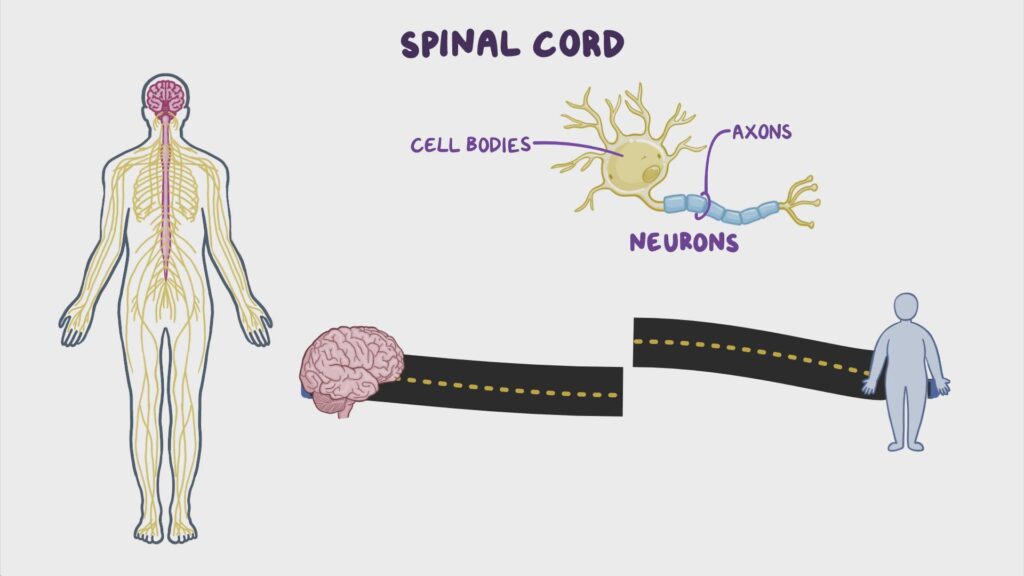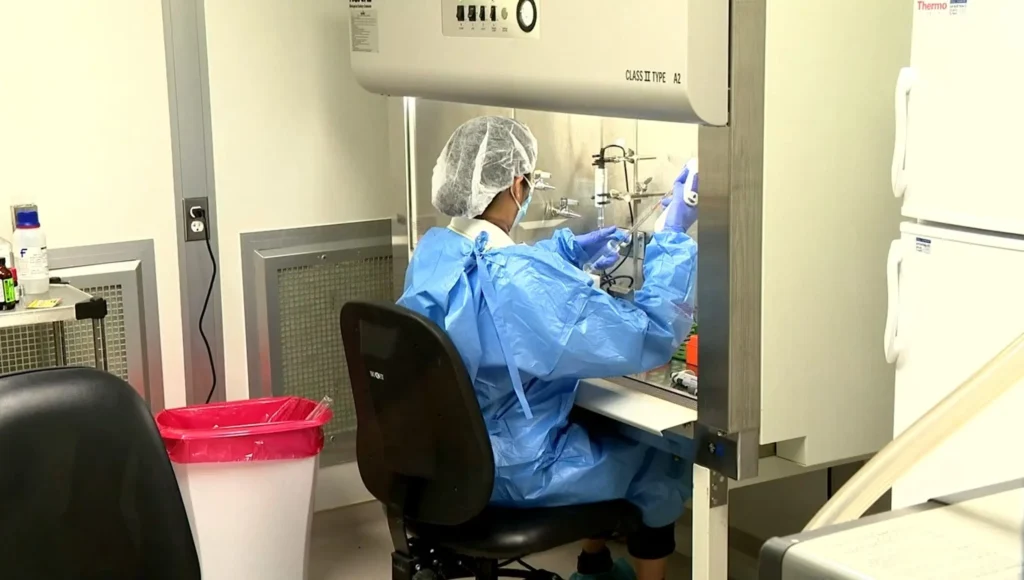Spinal cord strokes, although rare, can have profound effects on an individual’s life. In a recent case, a fitness and nutrition enthusiast faced sudden paralysis from the waist down due to a spinal cord stroke. These strokes, constituting only 1% of all strokes, can occur spontaneously or as complications of various surgeries.
Also Check: How to Get Yuta’s Pure Love Spec in Z Piece
Causes and Recovery
Spontaneous spinal cord strokes may result from arterial blockages, often attributed to cholesterol plaque. Surprisingly, a healthy lifestyle doesn’t always prevent these occurrences. Less common causes include artery damage, dissection, or diseases like lupus and Behcet’s. While the outlook may seem grim, physical therapy offers hope. Most individuals, even after severe strokes, show improvement with therapy. However, deficits often persist, with up to half regaining the ability to walk. The recovery process can extend up to three years, emphasizing the importance of patience.
Treatment Strategies
Treatment strategies depend on identifying the underlying cause. If arterial blockages are suspected, medications like aspirin or clopidogrel, along with statin drugs, are prescribed. Despite the challenges, a comprehensive approach, including medical interventions and physical therapy, plays a crucial role in the recovery journey.
Prostate Troubles: Seeking Solutions for Improved Quality of Life
In a separate scenario, a 75-year-old individual faced nighttime disruptions due to an enlarged prostate, a common issue in aging men. Dissatisfied with prescribed medication’s side effects, the individual opted for intermittent self-catheterization, effectively reducing nighttime disturbances.
While self-catheterization proves effective in preventing kidney damage, it comes with potential risks. All catheterization methods, whether intermittent or indwelling, pose a risk of urinary infections, which can be serious. Consulting with a urologist is crucial to manage these risks effectively.
The individual’s proactive approach to self-catheterization highlights the importance of personalized solutions. However, it’s essential to explore alternative options for managing prostate enlargement. Discussing with a urologist can open avenues for traditional surgeries or less invasive techniques, ultimately providing tailored solutions that reduce reliance on self-catheterization.
Conclusion: Navigating Health Challenges with Informed Choices
Understanding the nuances of health challenges such as spinal cord strokes and prostate issues empowers individuals to make informed decisions. Whether embracing physical therapy for stroke recovery or exploring diverse solutions for prostate management, a proactive and collaborative approach with healthcare professionals is key to enhancing overall well-being.
ALso Read: Steve Smith Faces Criticism Over Dropped Catches and Batting Struggles Against West Indies



